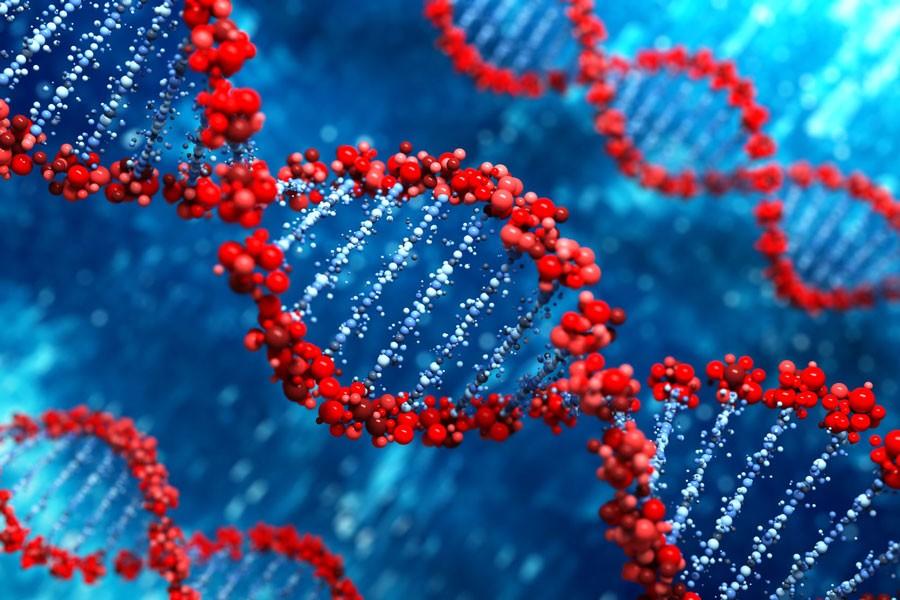Search for the “Gay Gene”
October 1, 2015
What causes a person to be gay? This question has been the fuel behind much research over the past decade, most of which seeks a genetic link to homosexuality and a reason why homosexuality is prevalent despite the fact that there appears to be no evolutionary imperative for it. Genetic researchers often wonder, if homosexual couples can’t reproduce themselves, why would this trait persist?
There is no clear answer to either of these questions. However, many studies are getting closer to these illusive answers. For example, in May 2005, a group of Swedish researchers reported finding a difference between the brains of straight men and gay men in how they respond to pheromones that are key to sexual arousal, according to the New York Times. The researchers examined each man’s hypothalamus as they smelled certain compounds. (The hypothalamus is the brain structure responsible for producing the hormones that govern body temperature, thirst, hunger, sleep, circadian rhythm, moods, sex drive and the release of other hormones in the body.)
The two compounds used in the research came from women’s urine and male sweat. When straight men’s brains were scanned as they smelled the compound from women’s urine, their hypothalamus lit up, but not when smelling the male sweat compound. By contrast, the hypothalamus in gay men lit up when they smelled the male sweat compound but not the women’s urine compound. This would suggest that being homosexual is a genetic change within a human being. But what actually changes to create this difference in sexual orientation?
Many studies have been conducted in the search of a “gay” gene, a single and lone gene that determines if a person is gay or not. Last year, North Shore Research Institute, which is affiliated with the University of Chicago, conducted the largest study ever done investigating homosexuality. The study, which included 409 pairs of gay brothers, supported the notion that two genetic regions could be tied to homosexuality. (The regions were previously found in separate research in 1993 and 2005.)
Although this study points to genetic causation for homosexuality, the study’s leader, Alan Sanders, stresses that complex traits such as sexual orientation depend on multiple factors, both environmental and genetic. The possibility of a lone “gay” gene is also not supported by the theory of natural selection as the “gay” gene would not be passed down to future generations, for the individuals holding this genetic trait are not likely to reproduce.
However, still other research has shown different genetic links to homosexuality. In 2013, a trio of researchers from the United States and Sweden “proposed a model describing how epigenetic markers that steer sexual development in males could promote homosexual orientation in females, and vice versa,” according to an article published on The-Scientist.com. Epigenetic markers, an extra layer of information attached to our genes’ “backbones” that regulate their expression, are normally cleared after each generation. However, some sex-specific epigenetic markers can be passed down from father to daughter or from mother to son, affecting the sexual orientation of the offspring.
Although many studies find genetic links to homosexuality, there is no one cause to explain what makes a person gay. It may be a collection of different genetic traits or simply a reason yet to be discovered. Only time will tell.
